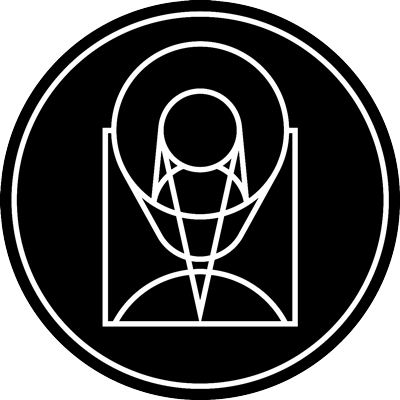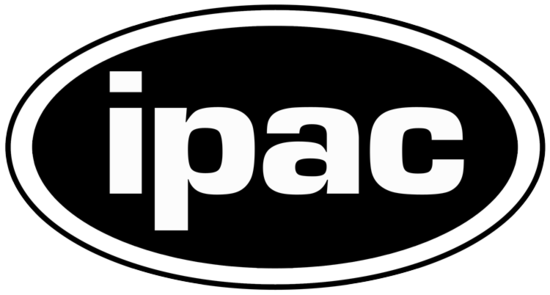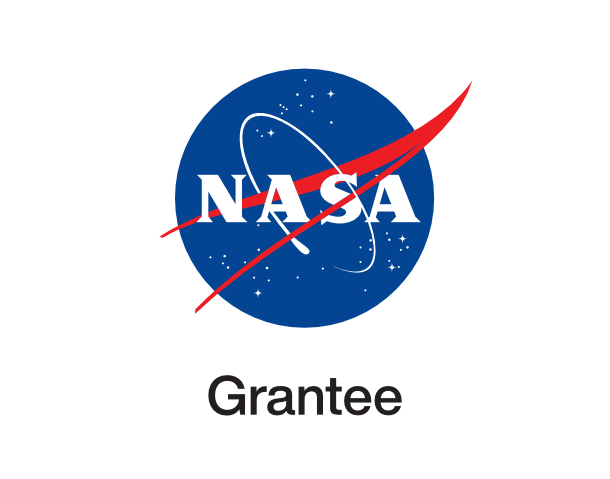An Eclectic Mix of Galaxies

stsci_2004-21a July 22nd, 2004
Credit: NASA, ESA, J. Blakeslee and H. Ford (Johns Hopkins University)
Like a photographer clicking random snapshots of a crowd of people, NASA's Hubble Space Telescope has taken a view of an eclectic mix of galaxies. In taking this picture, Hubble's Advanced Camera for Surveys was not looking at any particular target. The camera was taking a picture of a typical patch of sky, while Hubble's infrared camera was viewing a target in an adjacent galaxy-rich region. The jumble of galaxies in this image, taken in September 2003, includes a yellow spiral whose arms have been stretched by a possible collision [lower right]; a young, blue galaxy [top] bursting with star birth; and several smaller, red galaxies. But the most peculiar-looking galaxy of the bunch -- the dramatic blue arc in the center of the photo - is actually an optical illusion. The blue arc is an image of a distant galaxy that has been smeared into the odd shape by a phenomenon called gravitational lensing. This "funhouse- mirror effect" occurs when light from a distant object is bent and stretched by the mass of an intervening object. In this case the gravitational lens, or intervening object, is a red elliptical galaxy nearly 6 billion light-years from Earth. The red color suggests that the galaxy contains older, cooler stars. The distant object whose image is smeared into the long blue arc is about 10 billion light-years away. This ancient galaxy existed just a few billion years after the Big Bang, when the universe was about a quarter of its present age. The blue color indicates that the galaxy contains hot, young stars. Gravitational lenses can be seen throughout the sky because the cosmos is crowded with galaxies. Light from distant galaxies, therefore, cannot always travel through space without another galaxy getting in the way. It is like walking through a crowded airport. In space, a faraway galaxy's light will travel through a galaxy that is in the way. But if the galaxy is massive enough, its gravity will bend and distort the light.
Provider: Space Telescope Science Institute
Image Source: https://hubblesite.org/contents/news-releases/2004/news-2004-21
Curator: STScI, Baltimore, MD, USA
Image Use Policy: http://hubblesite.org/copyright/

- ID
- 2004-21a
- Subject Category
- D.6.2.1 D.5
- Subject Name
- J033238-275653
- Credits
- NASA, ESA, J. Blakeslee and H. Ford (Johns Hopkins University)
- Release Date
- 2004-07-22T00:00:00
- Lightyears
- 6,000,000,000
- Redshift
- 6,000,000,000
- Reference Url
- https://hubblesite.org/contents/news-releases/2004/news-2004-21
- Type
- Observation
- Image Quality
- Good
- Distance Notes
- Distance in lightyears to the gravitational lens
- Facility
- Hubble, Hubble, Hubble
- Instrument
- ACS/WFC, ACS/WFC, ACS/WFC
- Color Assignment
- Blue, Green, Red
- Band
- Optical, Optical, Optical
- Bandpass
- B, V, i + z
- Central Wavelength
- 435, 606, 775, 850
- Start Time
- Integration Time
- Dataset ID
- Notes
- Coordinate Frame
- ICRS
- Equinox
- 2000.0
- Reference Value
- 53.16993724645, -27.93917119864
- Reference Dimension
- 1087.00, 1087.00
- Reference Pixel
- -55.18645529397, -175.35376087203
- Scale
- -0.00001393376, 0.00001393376
- Rotation
- 93.62800380285
- Coordinate System Projection:
- TAN
- Quality
- Full
- FITS Header
- Notes
- World Coordinate System resolved using PinpointWCS 0.9.2 revision 218+ by the Chandra X-ray Center FITS X FITS Y EPO X EPO Y 1330.93 735.09 499.68 612.40 1463.08 696.46 760.34 534.12 1328.56 608.43 495.90 360.33 1152.00 829.19 142.71 801.59 1446.69 451.26 731.23 45.18 Center Pixel Coordinates: 543.50 53.15931330660 543.50 -27.94818165166
- Creator (Curator)
- STScI
- URL
- http://hubblesite.org
- Name
- Space Telescope Science Institute Office of Public Outreach
- outreach@stsci.edu
- Telephone
- 410-338-4444
- Address
- 3700 San Martin Drive
- City
- Baltimore
- State/Province
- MD
- Postal Code
- 21218
- Country
- USA
- Rights
- http://hubblesite.org/copyright/
- Publisher
- STScI
- Publisher ID
- stsci
- Resource ID
- STSCI-H-p0421a-f-1087x1087.tif
- Resource URL
- https://mast.stsci.edu/api/latest/Download/file?uri=mast:OPO/product/STSCI-H-p0421a-f-1087x1087.tif
- Related Resources
- http://hubblesite.org/newscenter/archive/releases/2004/21
- Metadata Date
- 2022-07-06T00:00:00
- Metadata Version
- 1.2
Detailed color mapping information coming soon...
















